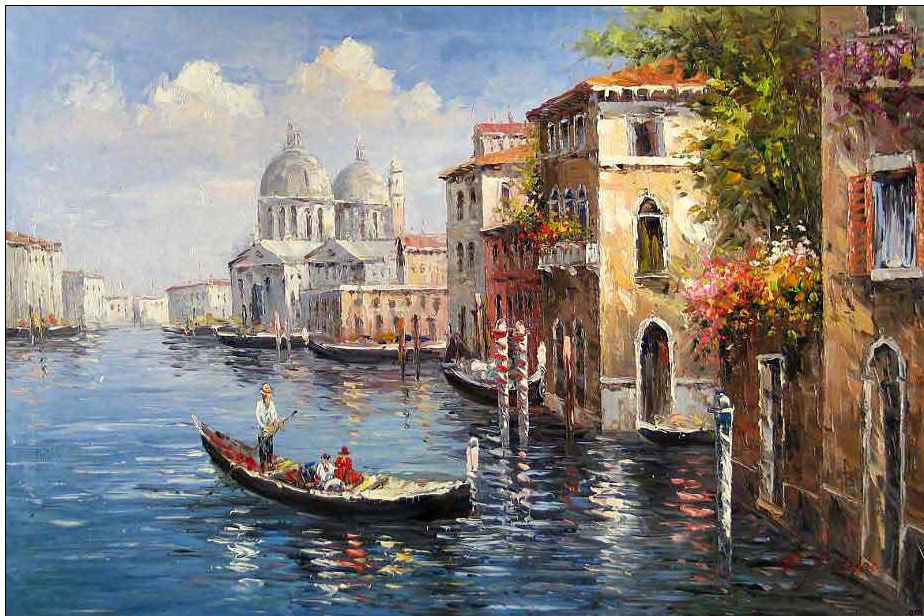Shinto is the most popular and native religion in Japan, that dates back to 500 B.C., and is a polytheistic religion (more than one god). The gods are almost any natural objects ranging from mountains, rivers, water, rocks, trees, to dead notables.
Chief Priest/Kannushi
The chief priest runs the whole shrine and is responsible for all religious observances (religious laws), they are assisted by young female assistants called Miko.
Shinto Shrines
The Shrines also have a few other objects on the way into a Shrine such as the Komainu, they are essentially two animals (typically dogs, lions or foxes depending on types of shrines). Komaniu are the protectors of the shrine, they are they are typically located in the inner section of the shrine or even directly inside the shrine
 |
| The "Komainu" |
As seen in the picture one of the lions (in this case) has their mouth open and they other closed. The one with it's mouth open is saying the first letter of Japanese あ, and the one with their mouth closed is saying the last letter ん, this is representing alpha and omega, or infinity
I gathered much of this information link from here
 |
| A "Purification Trough" |
There Purificatation Trough is a pool of water that is used to purify yourself by cleaning mouth and hands before entering a shrine hence the name.
Architecture
The shrines consisted typically of main hall and an offering hall and a stage, sometimes the main hall and offering hall were merged into one
 |
| A Main Hall |
 |
| The Layout of A Typical Shrine |
I retrieved some information from here
Thank You For Reading!


